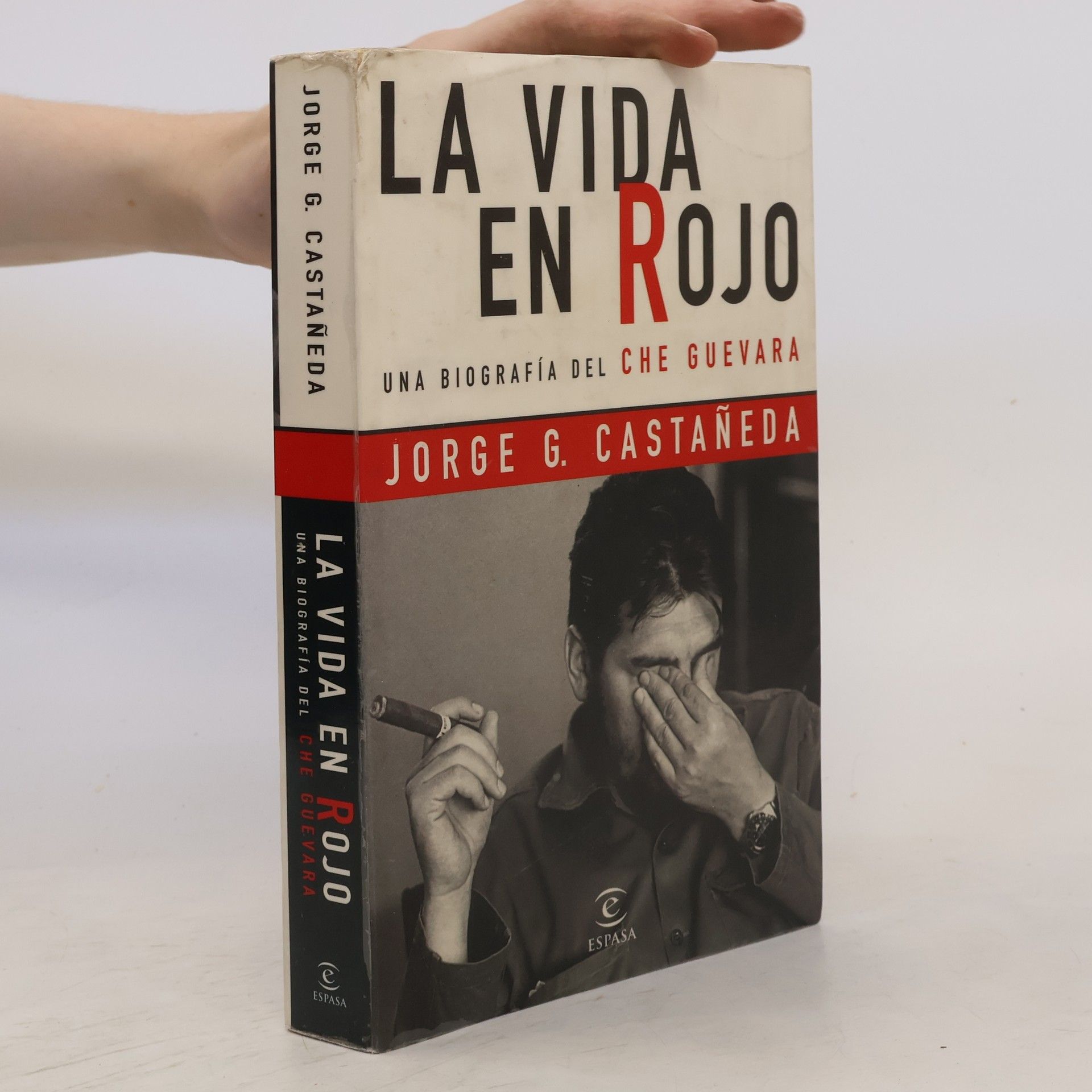Jorge G. Castañeda wurde 1953 in Mexiko geboren. Er studierte in Princeton und promovierte 1978 in Wirtschaftswissenschaften an der Pariser Sorbonne. Seit 1979 ist er Professor an der UNAM (Universidad Autónoma de México), Gastprofessor in Berkeley und seit 1997 Professor für Politikwissenschaft an der Universität von New York; seine Spezialgebiete sind Politik und Geschichte Lateinamerikas. Castañeda war Berater der mexikanischen Regierung für Zentralamerika und die Karibik und von Dezember 2000 bis Januar 2003 Außenminister im Kabinett von Vicente Fox. Castañeda veröffentlichte mehrere Bücher und publiziert regelmäßig in allen großen politischen Zeitungen und Zeitschriften. Ursula Gräfe, geboren 1956 in Frankfurt am Main, studierte Japanologie und Anglistik und arbeitet seit 1988 als Literaturübersetzerin. Sie hat u. a. Werke von R. K. Narayan, Haruki Murakami, Yasushi Inoue und Kenzaburo Oe ins Deutsche übertragen, ist Autorin einer Buddha-Biographie und Herausgeberin mehrerer Anthologien. Jedes Jahr verbringt sie einige Zeit in Asien, vor allem in Indien. Ursula Gräfe lebt in Frankfurt am Main.
Jorge Castañeda Gutman Bücher
Jorge Castañeda Gutman ist ein mexikanischer Intellektueller, dessen Werk sich mit den komplexen Beziehungen zwischen Mexiko, Lateinamerika und den Vereinigten Staaten auseinandersetzt. Sein Schreiben zeichnet sich durch ein tiefes Verständnis von Geschichte und Politik aus, wobei er sich oft auf Themen wie nationale Identität, Demokratie und internationale Beziehungen konzentriert. Castañeda scheut keine provokativen Einblicke, und seine Analysen regen zum Nachdenken über globale Fragen aus einer einzigartigen Perspektive an.







By the time he was killed in the jungles of Bolivia, where his body was displayed like a deposed Christ, Ernesto "Che" Guevara had become a synonym for revolution everywhere from Cuba to the barricades of Paris. This extraordinary biography peels aside the veil of the Guevara legend to reveal the charismatic, restless man behind it. Drawing on archival materials from three continents and on interviews with Guevara's family and associates, Castaneda follows Che from his childhood in the Argentine middle class through the years of pilgrimage that turned him into a committed revolutionary. He examines Guevara's complex relationship with Fidel Castro, and analyzes the flaws of character that compelled him to leave Cuba and expend his energies, and ultimately his life, in quixotic adventures in the Congo and Bolivia. A masterpiece of scholarship, Companero is the definitive portrait of a figure who continues to fascinate and inspire the world over.
America through Foreign Eyes is written for Americans by a foreigner who has lived, studied, worked and dealt with America for half a century. In these pages, Jorge G. Castañeda seeks to reflect upon some of the more salient features of the country. He considers the observations of other foreigners, from Dickens to Naipaul, and identifies aspects of the U.S. that were not touched upon by these authors. As a former Foreign Minister of Mexico, Castañeda brings a different viewpoint to issues ranging from purported American exceptionalism, uniformity, race and religion, culture, immigration, and the death penalty. Ultimately, he describes the United States' arduous and successful road to modernity, and the construction of what can justly be called an American civilization.
In writing this portrait of Che Guevara, the author was given access to Che's family and friends.
Myšlenkový graf, který jeho autor a tvůrce geniálního konceptu myšlenkových map, Tony Buzan, považuje za ten nejdůležitější graf na světě, odkrývá tajemství schopnosti učit se a pamatovat si. Pomocí jednoduchého grafu dokážete neuvěřitelným způsobem zvýšit možnosti svého mozku, dokážete si zapamatovat mnohem víc, než jste si kdy uměli představit a začnete chápat věci v souvislostech, které vám před tím vůbec nepřicházely na mysl. Myšlenkový graf vychází z veleúspěšných myšlenkových map, které ideálně doplňuje a navazuje na ně. Myšlenkové mapy pomáhají dnes už milionům lidí na celém světě a myšlenkový graf dovádí potenciál tohoto konceptu k dokonalosti. Pomocí myšlenkového grafu dokážete: - Převést jazyk svého mozku do srozumitelné řeči. - Pochopíte, proč chápete i proč nechápete. - Naučíte se učit se efektivněji, než kdykoliv před tím. - Zjistíte, že většina úspěšných lidí minulosti i současnosti podvědomě vycházela z principů myšlenkového grafu. Otevřete stavidla své kreativity a využijte všechnu kapacitu, kterou váš zázračný mozek nabízí!
La vida en rojo
una biografía del Che Guevara